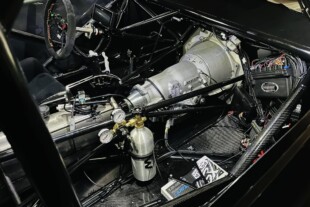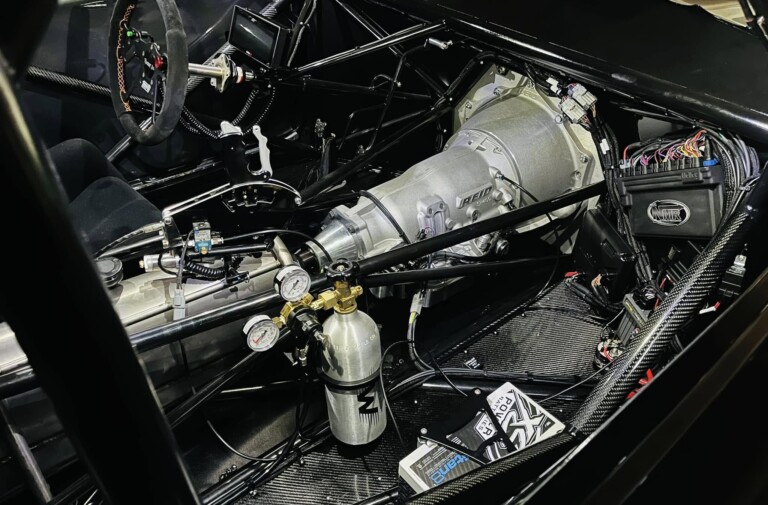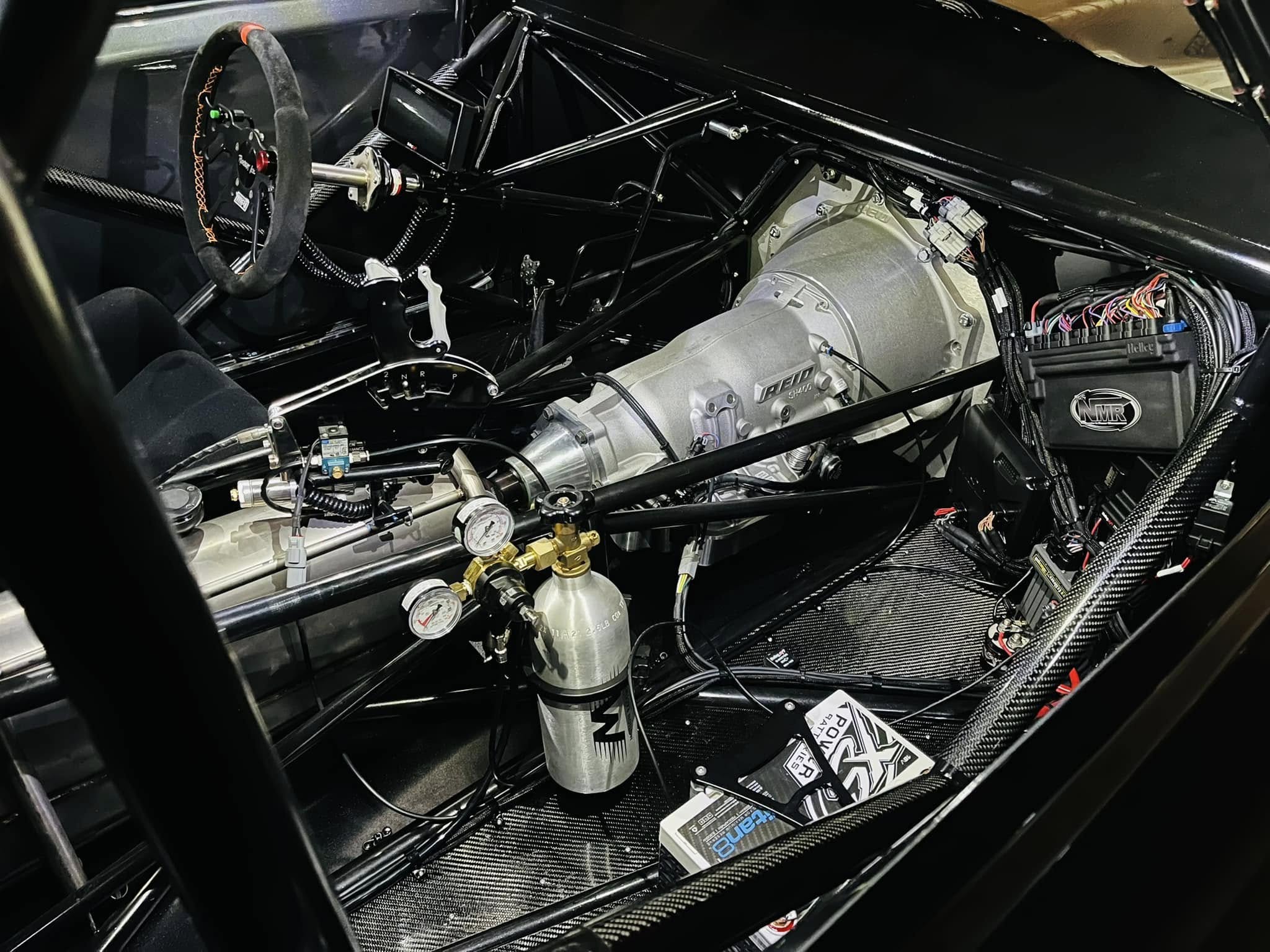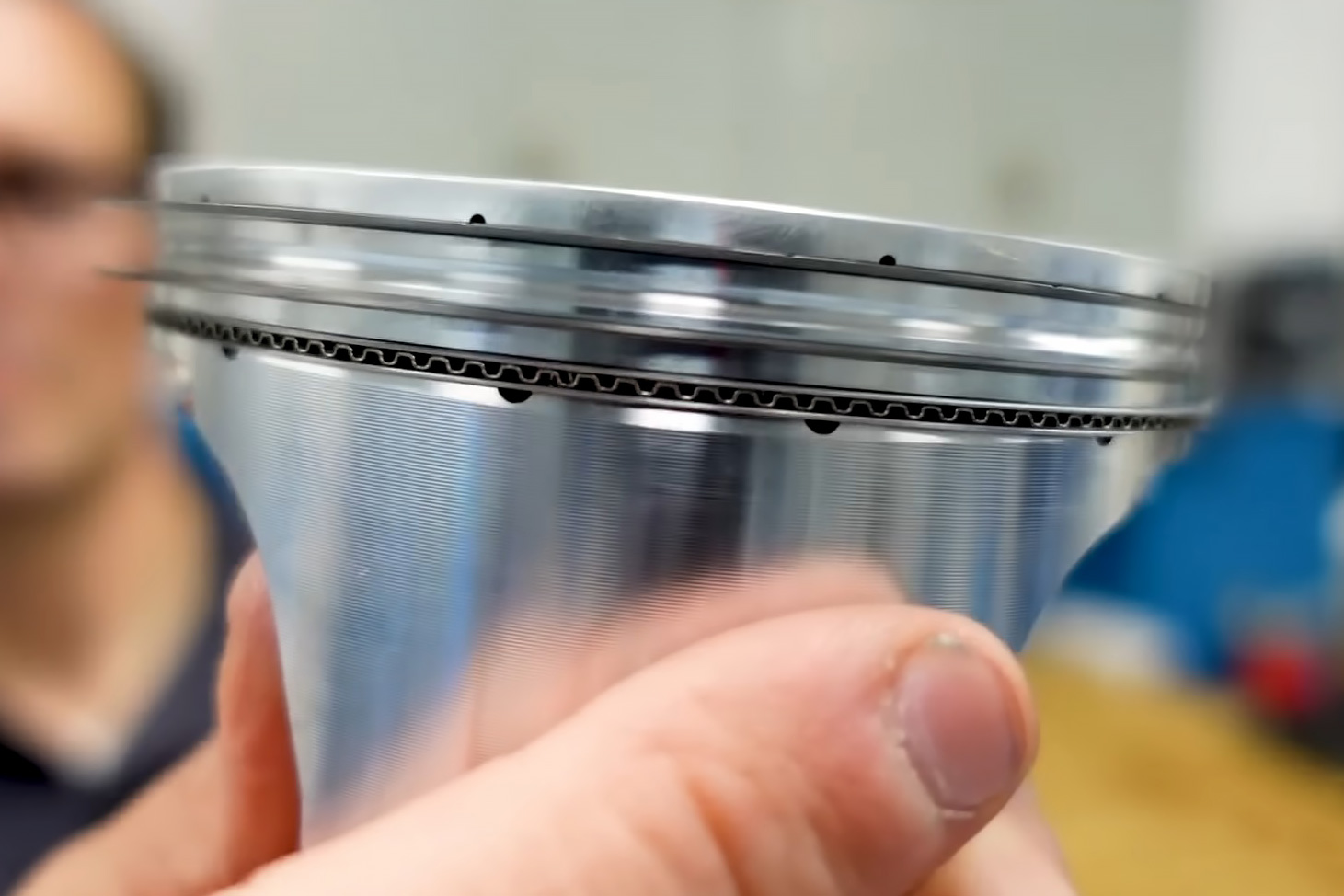In a high-performance engine, the idea is to extract every possible power from the engine. The factors of displacement and compression play crucial roles, but the exhaust system often has an untapped potential that not everyone talks about. The development of exhaust technologies is now coming into wider acceptance, especially stepped headers. They provide more optimized exhaust flow and increased engine performance, particularly in naturally aspirated engines.
The Science of Scavenging
Traditionally, exhaust headers collect the exhaust gasses from a number of cylinders in a collector. In this process, the spaces between pressure pulses that form result in a scavenging action, which help draw the exhaust gasses out of the cylinder better. Stepped headers go a step further by harnessing the power of sound waves.
Sound Waves in Action
High-pressure waves generated by the engine travel through the exhaust headers. When these waves hit a change in pipe diameter — the “step” in the header — they reflect back toward the engine. It is counterintuitive to say so, but these reflected waves play a very important part in improving scavenging.
The first pressure wave pushes the exhaust gasses out of the cylinder. Upon its return, it is reflected back off the space available inside the cylinder and continues downstream. This causes a low-pressure area that in effect “sucks” out additional exhaust gasses when both the intake and exhaust valves are briefly open.

Here is a simplified view of what the exhaust system of a stepped header looks like to exhaust gasses.
More Than the Basics
The stepped headers have a few advantages over the traditional ones. The first is improved scavenging, where better exhaustion of gasses equates to better cylinder filling and consequently improved combustion. The second advantage is the resultant increase in power output generated by the improved exhaust flow. This benefit can also be particularly strong at higher RPM, where factory headers may not be at optimal performance. Finally, the improved design allows for broader tunability range. A stepped design allows for acoustic tuning across a wider RPM range. This ensures a broader, more optimal powerband of the engine.
As exhaust gasses travel down the primary tube the step prevents reversion while allowing beneficial pulses to return back and increase exhaust scavenging.
Engineering to Peak Performance
The success of stepped headers depends on the precise design and location of stepped sections. Usually, the step is located at the center of the total length of the main header in order to make the best of wave timing and interaction with the waves of the main header. There are complex calculations involved with locating the optimal spot for the step, but thanks to advanced computer simulation software, creating the optimal design is easier than ever before.
Symphony of Power
Stepped header diameters are a high-tech method of tuning the exhaust system of a performance engine. By harnessing the power of sound waves, they create a symphony of power which enhances the process of exhaust scavenging, thereby realizing the full potential of the engine. Though the concept seems complicated, the end result is simple: improved performance and power.





















